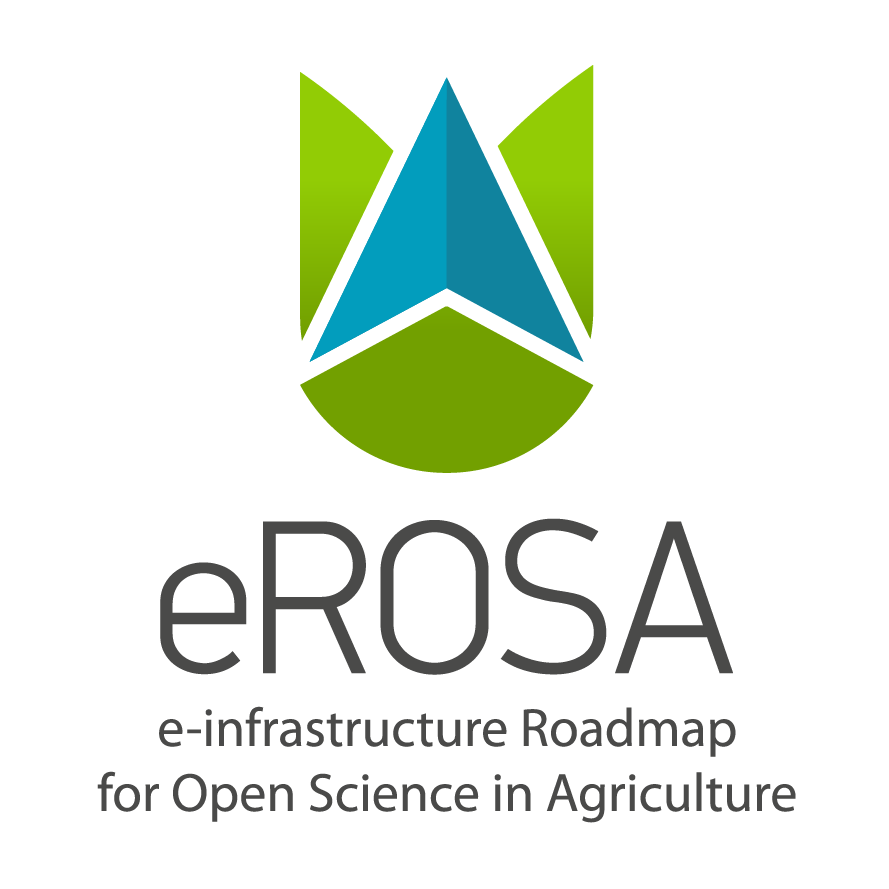The e-ROSA project seeks to build a shared vision of a future sustainable e-infrastructure for research and education in agriculture in order to promote Open Science in this field and as such contribute to addressing related societal challenges. In order to achieve this goal, e-ROSA’s first objective is to bring together the relevant scientific communities and stakeholders and engage them in the process of coelaboration of an ambitious, practical roadmap that provides the basis for the design and implementation of such an e-infrastructure in the years to come.
This website highlights the results of a bibliometric analysis conducted at a global scale in order to identify key scientists and associated research performing organisations (e.g. public research institutes, universities, Research & Development departments of private companies) that work in the field of agricultural data sources and services. If you have any comment or feedback on the bibliometric study, please use the online form.
You can access and play with the graphs:
- Evolution of the number of publications between 2005 and 2015
- Map of most publishing countries between 2005 and 2015
- Network of country collaborations
- Network of institutional collaborations (+10 publications)
- Network of keywords relating to data - Link
Home page



